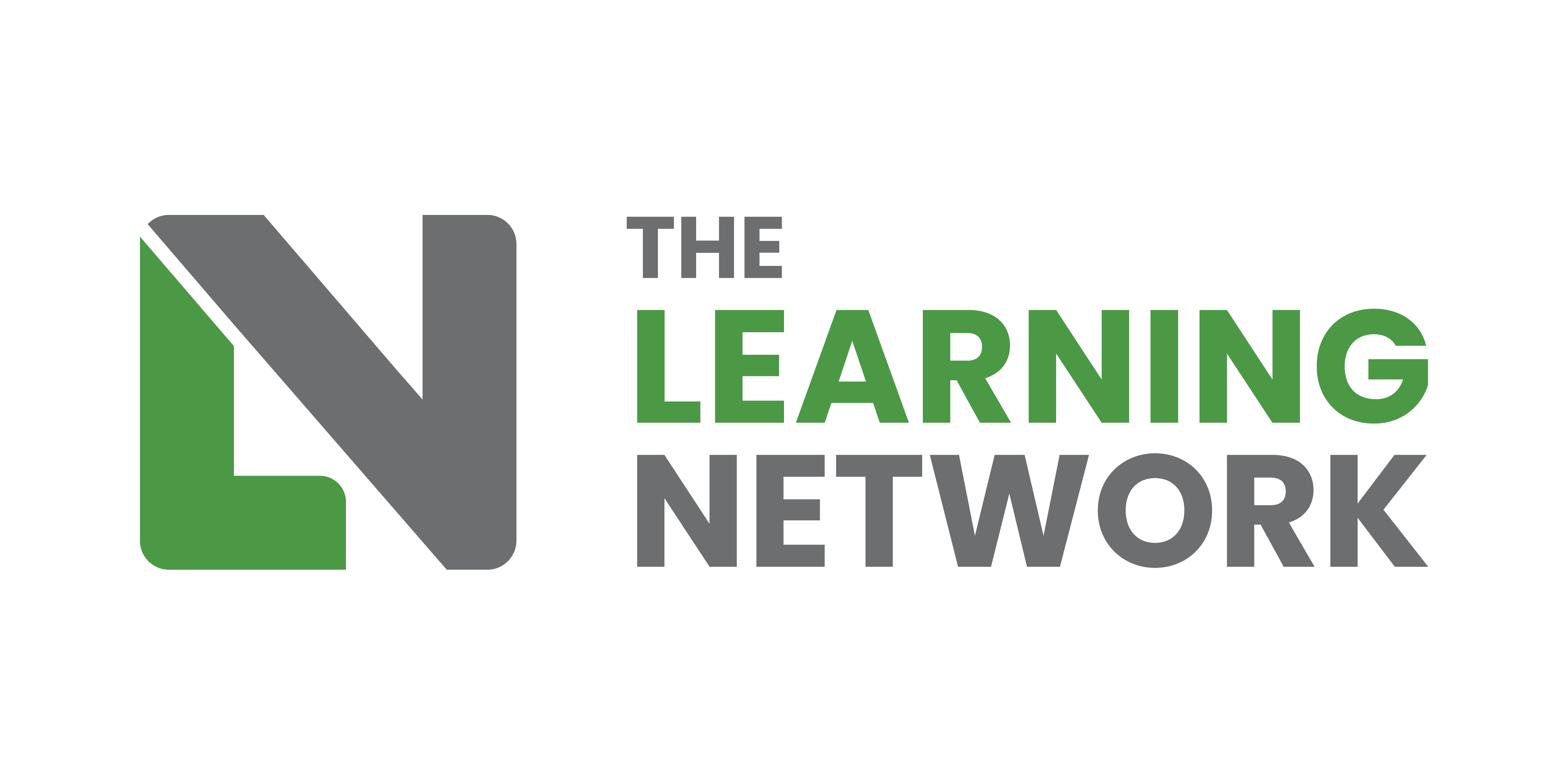A Learning Technologies Summer Forum 2016 Report by Cat Oxley of Brightwave Group.
It’s that time of year again to step out of the office, enjoy the company of friends, colleagues, thinking and reflection which the Learning Technologies Summer Forum has to offer.
This year’s key note speaker was organisational futurist, Jon Husband, who opened the conference with a session on the collaborative effectiveness of ‘wirearchy’. For those of you that are now asking What is wirearchy?, and it wasn’t a term I had previously heard, wirearchy was first coined by Jon in 1999 and is a conceptual idea which plays on the term hierarchy; specifically the disintegration of hierarchical structures and the evolution, development and explosive expansion of wierarchical organisations.
So, what is a wierarchical organisation?
More importantly, how do they compare to a modern hierarchically led company? The truth is much more subtle, with companies inadvertently changing their internal structures to accommodate the dynamic shift towards networking and collaborative learning through development of new technologies and social interactions on multiple levels. This does not mean that a successful modern organisation will no longer have a hierarchy; the traditional model in which people or groups are ranked one above the other according to status or authority where knowledge and information is passed linearly. Jon suggests that a wierarchy is an effective process of people working together through connection and collaboration, taking responsibility as an individual and collectively, rather than conforming to a traditional hierarchical status. Jon champions the idea of positive change through adaptation, as the Internet evolved into a spectrum of freely available information the connected future of work and learning developed bilaterally.
Wirearchy is a primary organising principle. As such, it can be used to better understand, instantiate and act towards effectiveness within the interconnected networked world.
As we well know the Internet and the systems that sit on it are a huge part of our daily lives, whether it is for work – such as Slack or LinkedIn, or for personal use, such as WhatsApp, YouTube and Facebook. We all come into contact with networks in one form or another, be this online or face-to-face, and they aren’t going away.
So it’s about how we use these networks, these communities, these knowledge pools, that we can draw upon to work together collaboratively and connectedly to help us improve the learning we design. We need to stay connected, to understand both how and why people are connecting, talking, sharing information, sharing experiences, and to ensure we are truly embracing this technological, faster and more complicated world. In an ever competitive market organisations must look to “Learning as a way of being – keep adapting, keep growing, keep talking to each other.” Wise words both for the individual and for the organisation as a whole.
What is learning in the social age?
So, with that in mind I went to my next seminar presented by Julian Stodd, Captain of Sea Salt Learning where he posed the opening question “What is learning in the social age?”
The Information Age is the period in human history characterised by the shift from traditional industry to an economy based on information computerisation. The ‘social age’ is divergent to this and describes a world in constant flux which requires an agile and adaptive business approach in order to remain competitive: only an agile company can survive and indeed thrive. Julian highlighted that there are organisations that will not adapt and will fall by the wayside, those organisations that choose an adaptive and agile approach will be the ones at the forefront of learning delivery.
Agile is something I know we have started to embrace in our working ethos at Brightwave, and perhaps something we can look to expand. We need to think – ‘How do we create meaning in the learning?‘
It’s everywhere, it’s our networks, it’s our dictionary and in this current climate with the Internet at our fingertips, knowledge is only a click away. You no longer need to store knowledge in your head, as you can literally just tap in to it. Knowledge is far more fluid and adaptive, and this is something we need to ensure we bring to our business.
Right! What does this mean to the L&D professional? We need to be ‘agile’ in our approach, we need to make sure technology is not the solution to our problems, and we need to think how we create meaning within our learning. We need to look at building dynamic communities that create a smarter workforce and be at the forefront of learning delivery.
So that’s what I did at the Learning Technologies Summer Forum 2016. And that’s just what I got from just two sessions!
What did you take back to the office from the Summer Forum? Let us know in the comments.
“Organisational learning, social dynamism and an agile approach to learning!” first appeared on the eLearning Network Insights blog on the 27th June 2016 and is a contribution from our Industry Partner Brightwave Group.
You can follow more blogs and news items from Brightwave on their ‘Our Thinking’ pages.
About the author.
Cat Oxley
Before joining Brightwave Group as a Senior Project Manager, Cat Oxley was Learning Innovations Lead at Great Ormond Street Hospital for Children NHS Foundation Trust. She was recognised as a Thought Leader for technology-enabled learning and designed and implemented GOSH’s first, in-house, online campus.
About Brightwave
From the Brightwave site:
“Brightwave Group is the leading agency for next generation learning solutions, products and services. We utilise our expertise, innovation and creativity to design award-winning learning solutions that deliver your business objectives and truly engage your employees.”


